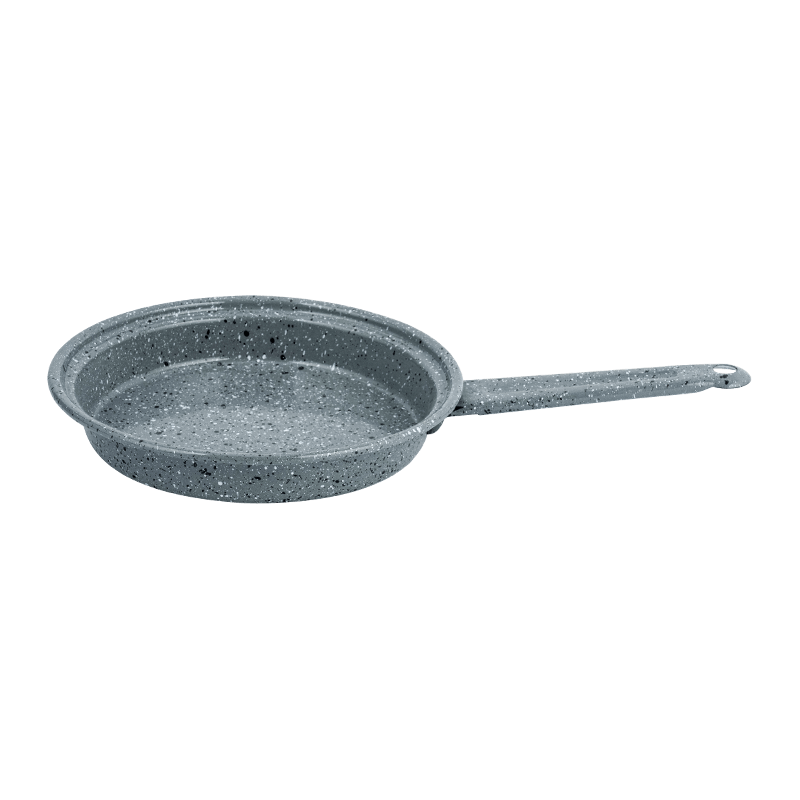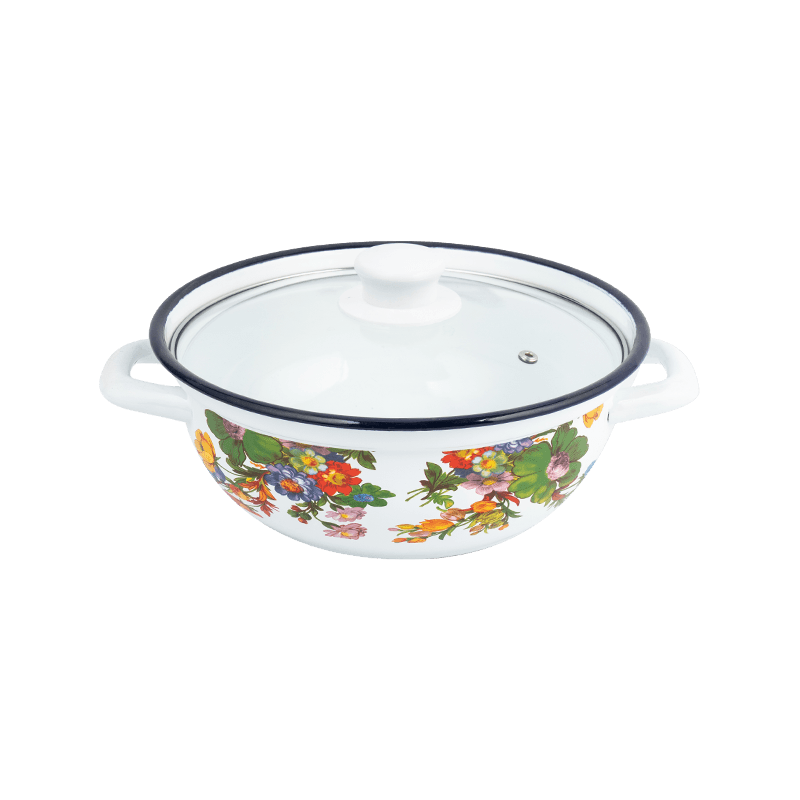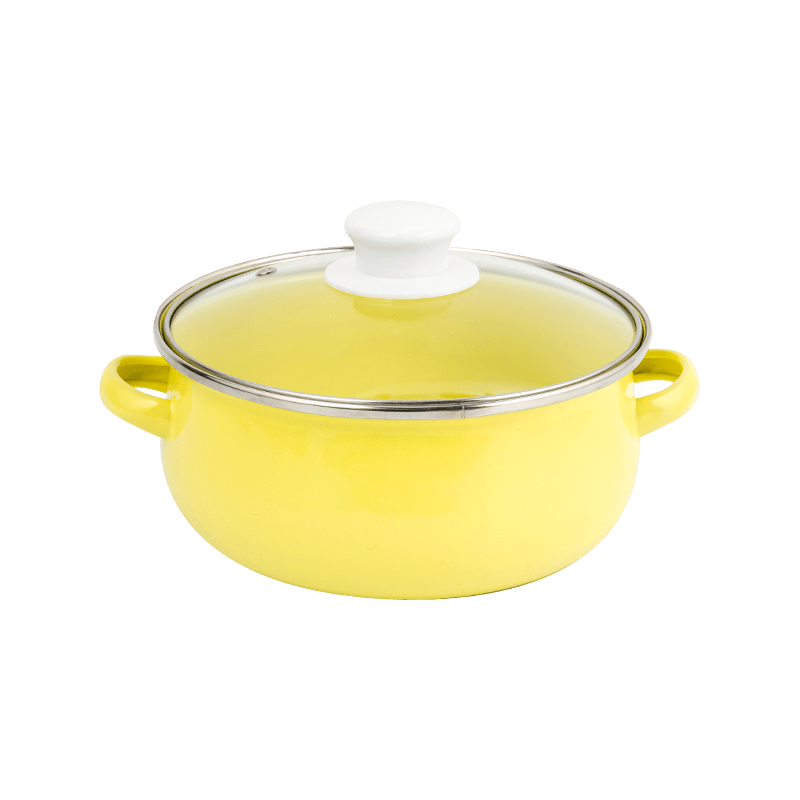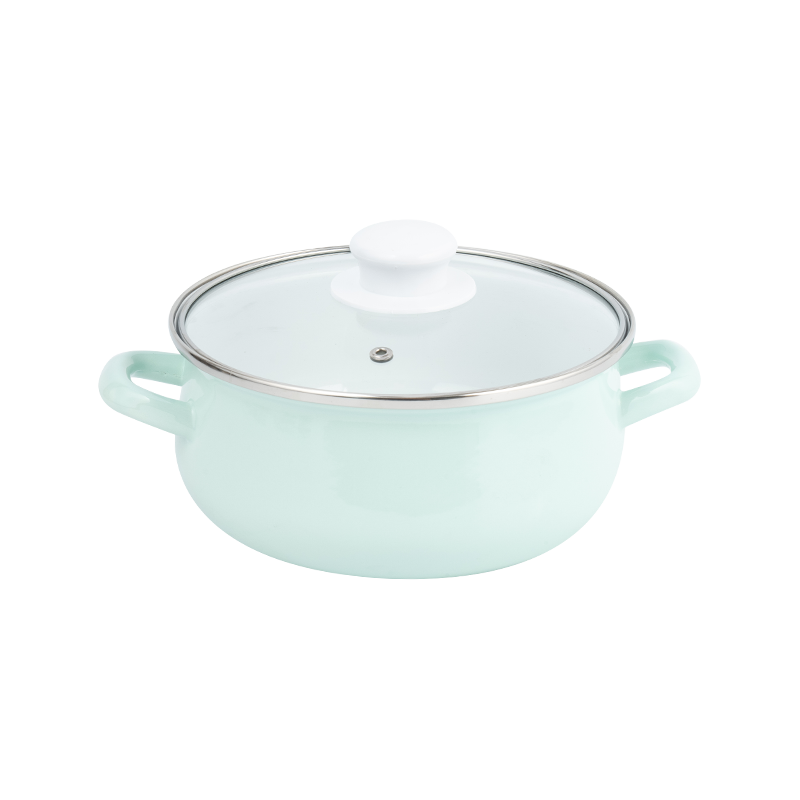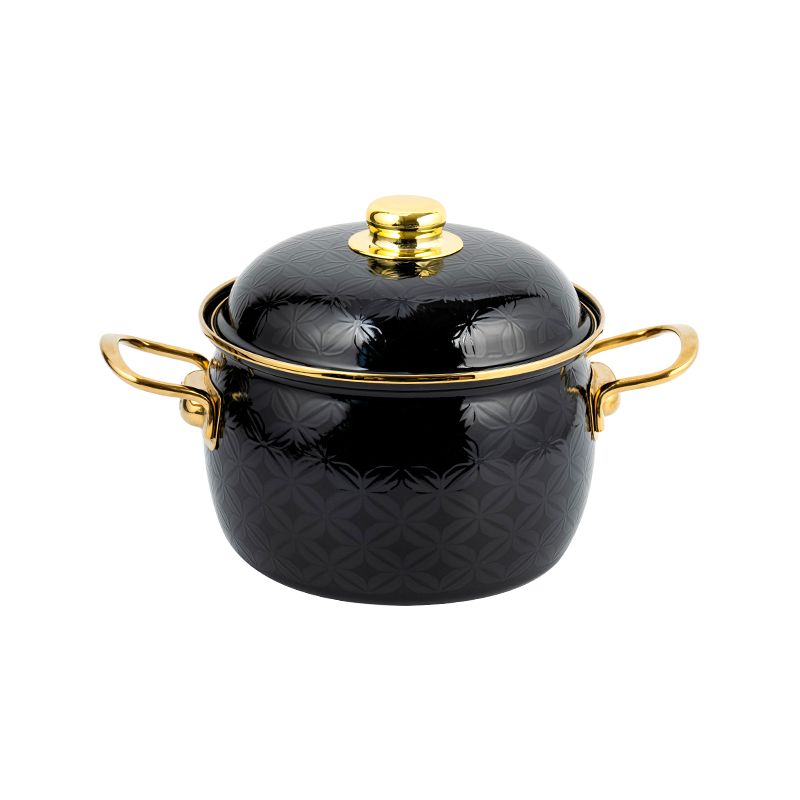Historical Origins of Enamelled Plate
Enamelled Plate, or enamel plate, has a long history. Enameling technology, as a process of coating inorganic glassy materials on metal surfaces after melting and firmly bonding them, has a long history. In ancient times, people began to use enamel to decorate and protect metal utensils, such as tableware and utensils.
As time went by, the enamel process gradually developed and spread to all parts of the world. In Europe, especially in the Middle Ages, enamel technology was widely used and became an important decorative method. At that time, craftsmen used the bright colors and delicate texture of enamel to create many exquisite works of art, including various enamel plates.
Modern Applications
In modern times, the application range of Enamelled Plate is more extensive, not only limited to tableware and utensils, but also involves many fields such as architecture, transportation, and medical care.
Catering Industry:
Enamel plates have become one of the indispensable tableware in the catering industry because of their beautiful, durable, and easy-to-clean characteristics. Whether it is a high-end restaurant or a family dining table, you can see enamel plates.
Home decoration:
Enamel plates are not only practical, but also decorative. Their rich colors and pattern designs make them a beautiful landscape in home decoration.
Construction industry:
In the construction industry, enamel materials are widely used in the decoration and protection of walls, floors, ceilings, etc. due to their corrosion resistance, high temperature resistance, and easy cleaning.
Transportation industry:
Enamel materials are also used for the interior and exterior decoration of transportation vehicles, such as the interior walls and ceilings of trains and subway cars.
Medical industry:
In the medical industry, enamel materials are used to make surface coatings for medical devices and equipment because of their non-toxic, harmless, and easy cleaning characteristics.

 English
English 中文简体
中文简体




